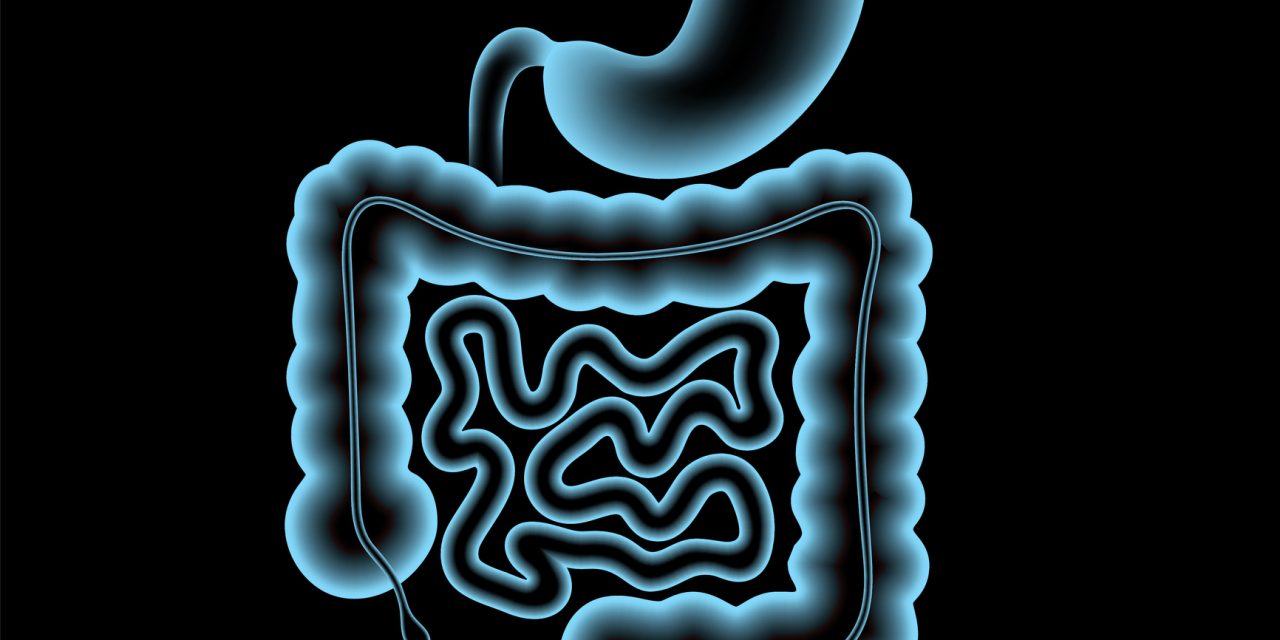Seventeen per cent of the world’s population is estimated to be at risk of inadequate zinc intake, which could in part be addressed by zinc fortification of widely consumed foods. We conducted a review of efficacy and effectiveness studies to ascertain the effect of zinc fortification [postharvest fortification of an industrially produced food or beverage; alone or with multiple micronutrients (MMN)] on a range of health outcomes. Previous reviews have required that the effect of zinc be isolated; because zinc is always cofortified with MMN in existing fortification programs, we did not impose this condition. Outcomes assessed were zinc-related biomarkers (plasma or serum, hair or urine zinc concentrations, comet assay, plasma fatty acid concentrations, and the proportion of and total zinc absorbed in the intestine from the diet), child anthropometry, morbidity, mortality, cognition, plasma or serum iron and copper concentrations, and for observational studies, a change in consumption of the food vehicle. Fifty-nine studies were included in the review; 54 in meta-analyses, totaling 73 comparisons. Zinc fortification with and without MMN increased plasma zinc concentrations (efficacy, n = 27: 4.68 μg/dL; 95% CI: 2.62-6.75; effectiveness, n = 13: 6.28 μg/dL; 95% CI: 5.03-7.77 μg/dL) and reduced the prevalence of zinc deficiency (efficacy, n = 11: OR: 0.76, 95% CI: 0.60-0.96; effectiveness, n = 10: OR: 0.45, 95% CI: 0.31-0.64). There were statistically significant increases in child weight (efficacy, n = 11: 0.43 kg, 95% CI: 0.11-0.75 kg), improvements in short-term auditory memory (efficacy, n = 3: 0.32 point, 95% CI: 0.13-0.50 point), and decreased incidence of diarrhea (efficacy, n = 3: RR: 0.79, 95% CI: 0.68-0.92) and fever (efficacy, n = 2: RR: 0.85, 95% CI: 0.74-0.97). However, these effects cannot be solely attributed to zinc. Our review found that zinc fortification with or without MMN reduced the prevalence of zinc deficiency and may provide health and functional benefits, including a reduced incidence of diarrhea.© The Author(s) 2021. Published by Oxford University Press on behalf of the American Society for Nutrition.
Effects of Foods Fortified with Zinc, Alone or Cofortified with Multiple Micronutrients, on Health and Functional Outcomes: A Systematic Review and Meta-Analysis.


